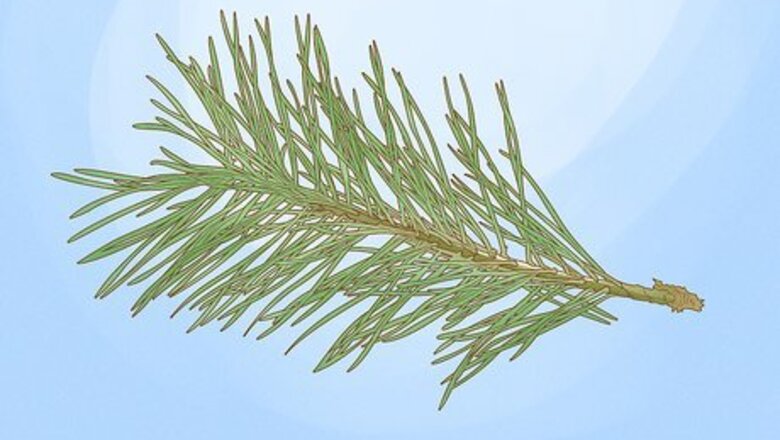
views
Checking the Needles
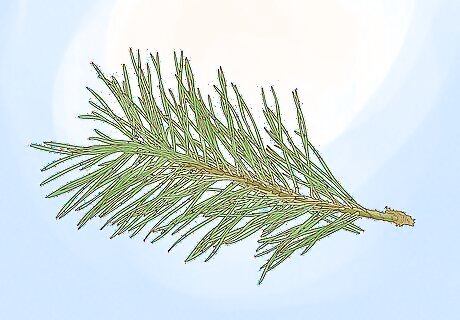
Look for needles instead of leaves. Pines are coniferous trees and don’t have regular leaves like other trees. Instead, they have needles. You can quickly eliminate trees that have regular leaves on their branches as not being pine trees. Pine needles tend to be longer than spruce needles.
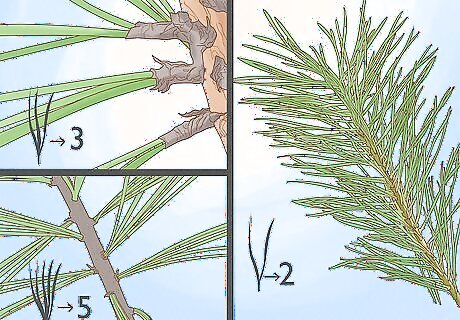
Check the needles to see if they grow in clusters. Pine needles grow in clusters, stemming from 1 single origin point, as opposed to other evergreens whose needles grow individually. The clusters of pine needles will either be in 2s, 3s, or 5s. If you see clusters of 2, this is a red pine, while clusters of 3 are yellow pines and clusters of 5 are white pines. The base of the cluster will be wrapped in a papery bark.
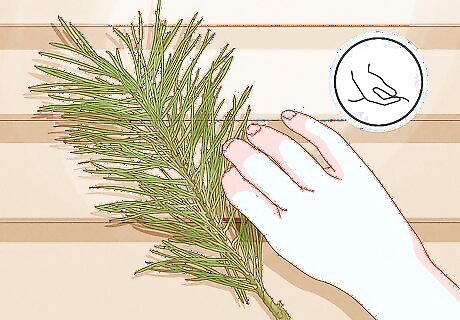
Touch the needles to determine whether they’re soft. Pine needles tend to have a softer feeling than some other types of needles that are super thick and pointy. If you touch the needles and they’re long and more bendy, this is an indication that it’s a pine tree.
Examining the Cones
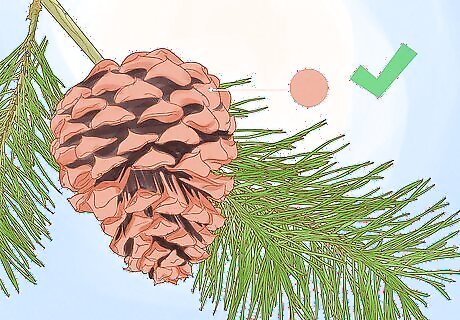
Check for cones that are a reddish brown color. When the cones are young, they’ll be a green color. Once they mature and are grown, the pine cones will be reddish brown, or possibly black. Pine cones reach maturity in roughly 2 years.
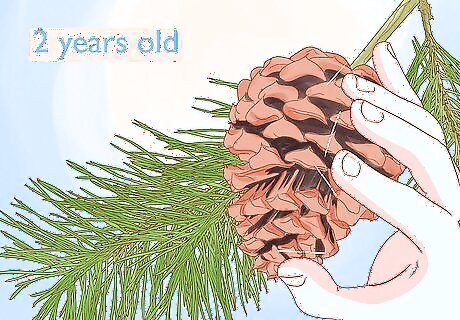
Feel the cones to see if they’re stiff. Pine cones will be hard and thick when you touch them, as opposed to other conifers which are much thinner and paper-like. Test the cone and see if you can easily break off a scale — if you can’t, this is most likely a pine cone. Pine cones are so stiff and durable that when they fall to the ground, they often stay intact.
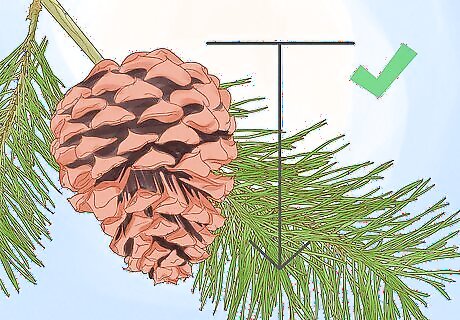
Look at the cones to see if they’re hanging towards the ground. Cones on pine trees hang down towards the ground, as do the cones on spruce trees. If the cones are standing up, this is a fir tree.
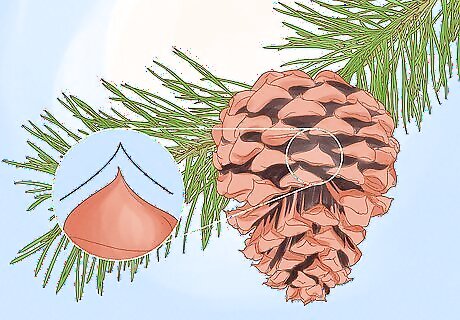
Examine the scales for points in the middle of each one. Pine cones can sometimes be identifiable by the unique points on certain species’ scales. Look at the end of each scale and see if the middle of each scale comes to a point. If it does, this is likely a pine cone. Pine cone scales can be so tightly closed together when they are immature that the exposed portions form a striking pattern or many diamonds. Some also have very sharp spines in the centre of each diamond, so look out for this before you grab a pine cone for a closer look!
Determining the Tree Structure and Environment
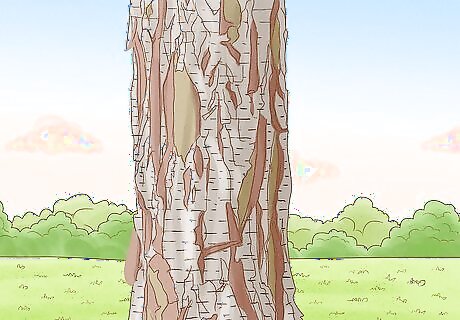
Look for flaky bark to identify a mature pine tree. A pine tree’s bark will be smooth when the tree is young, but this changes as it ages. When the pine tree is mature and begins to age, the bark becomes flaky. White pines will have a smooth bark no matter their age.
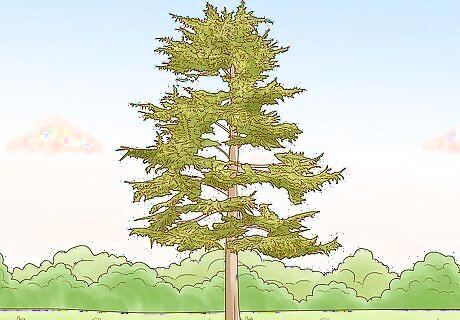
Observe trees with thinner foliage. While coniferous trees have a triangle-like structure, pine trees tend to have less-full triangles. They shed their oldest needles after roughly 3 years, which can leave them with less foliage. Some pine trees may lose their bottom branches as they get taller.
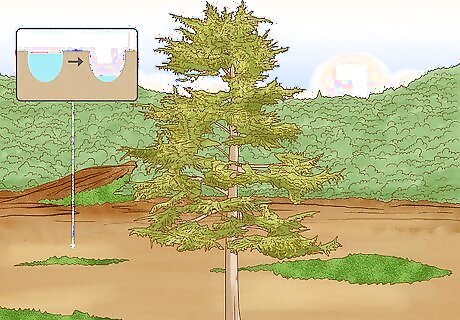
Determine whether the soil is well-drained or sandy. Pine trees don’t like swampy land and need to grow in soil that’s able to drain easily, which includes sandy soils. If the soil is unfavorable, such as heavy clay soils, you aren't likely to find a pine there.
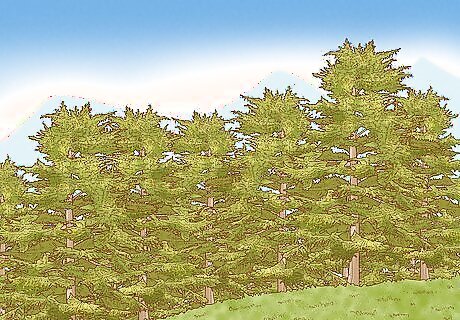
Search for pine trees in mountainous areas. Pine trees live and grow in the Northern Hemisphere, and they like having access to the sunlight. While certainly not every pine tree grows on a mountain, pines are abundant in mountainous areas. Pines are able to thrive in colder weather and at a higher altitude, making them perfect mountain trees.















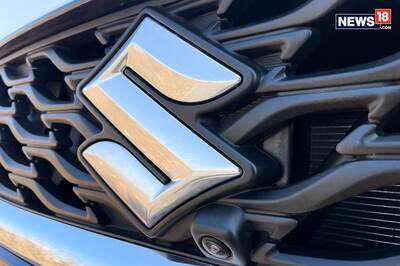


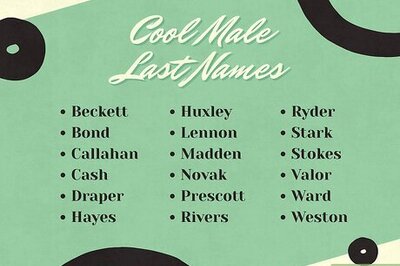

Comments
0 comment